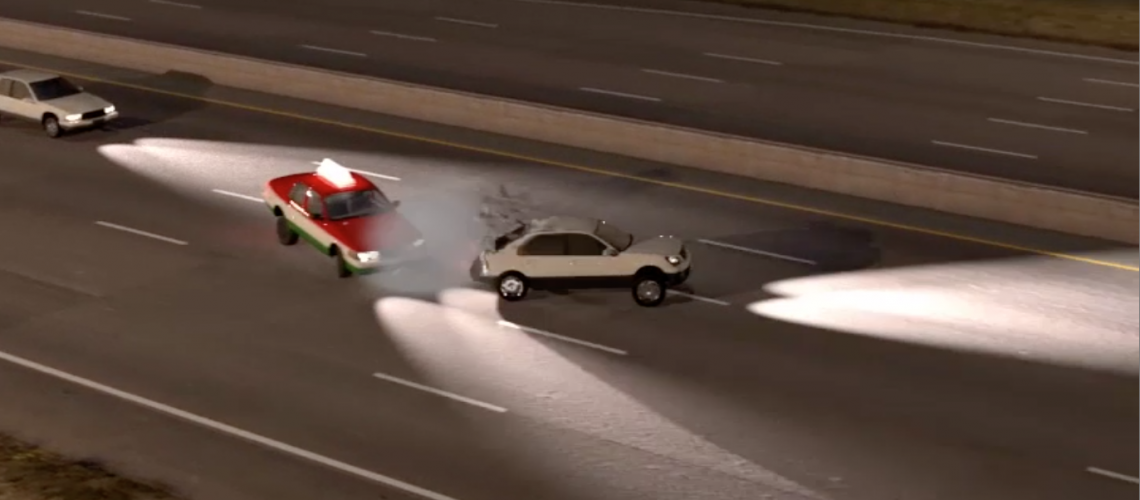Menu


Morgan Smith
Step by Step Development of an Animation That Helps Settle a Case
We all know the power of a well-done animation in front of a jury. Such animations can help visually explain concepts in moments instead of in hours. However, they can also be instrumental in settling a case. This post explains the process of developing an animation.
 We all know the power of a well-done animation in front of a jury. Such animations can help visually explain concepts in moments instead of in hours. However, they can also be instrumental in settling a case.
We all know the power of a well-done animation in front of a jury. Such animations can help visually explain concepts in moments instead of in hours. However, they can also be instrumental in settling a case.
This fact was true in a recent case handled by Andrew Klimenko of the Choi Law Firm. Andrew hired Cogent Legal to help with a complicated multi-car automobile accident that resulted in the death of one of the occupants. The CHP officer found primary fault with the defendant driver of the cab company, who was speeding and ran into the back of decedent’s Lexus, causing it to spin and subsequently get T-boned by a Cadillac in the other lane. (See excerpts of the police report here.)
Cases sometimes start out simple and get complicated, and this is one of them. During depositions, the witnesses changed their testimony and claimed the Lexus driver actually caused the accident by spinning out of control before the cab hit it. Faced with this confusing set of facts, counsel sought an animation showing his expert’s view on how the incident really occurred based on the evidence. Admissibility would be through the People v. Duenas (2012) 55 Cal.4th 1, a decision allowing animations supporting the testimony of an expert or witness.
I am often asked how the process to create an animation works, so I wanted to take this chance to show you the steps we take at Cogent Legal:
Recent Posts
- Proper Digital Discovery, Part IV: Using Drones in Modern Litigation
- Proper Digital Discovery, Part III: Using Digital Imagery in Modern Litigation
- Proper Digital Discovery, Part II: Electronic Measuring Data
- How to Obtain Proper Digital Discovery, Part I: Photography
- California Courts – Latest Updates
